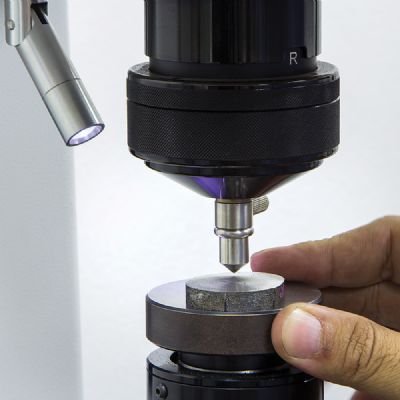Material Specs: You Get What You Order
July 1, 2018Comments
With a part to manufacture, your first decisions revolve around how to generate that part and what material to use. Manufacturing options include casting, hydroforming and 3D printing, but you already have the experience and infrastructure for stamping. Factors such as cost, weight, corrosion resistance, strength and stiffness go into the discussion of what sheetmetal to select. With the material type selected—steel, aluminum, stainless, brass, etc.—you must order it from a mill or service center. At this point, “Give me what I need,” is not good enough. Here, specifications come in to play.
A materials specification simply is a listing of the requirements and characteristics that must be met for the supplied product to be considered satisfactory. The spec can call out limits of alloying-element composition levels, thickness, flatness and tensile properties. Any organization can create this listing, including industry organizations such as American Society for Testing and Materials, American Iron and Steel Institute or the Aluminum Association. End users such as General Motors or Boeing, or the materials producers themselves, often write specifications as well.
Even if you seek generic grades, chances are that you are ordering to these documents whether you know it or not. When specifying only AA6061 aluminum or AISI 1010 steel, your supplier will default back to these and related documents to determine what to supply. When ordering these generic grades, several suppliers are available, with a greater chance that the materials will be in stock. And, these materials often cost less than those with tighter constraints.
Specifications May Be Too Generic
The risk with this approach: The material supplier must meet only what is stated in the specification, and not what is otherwise expected based on what you had received previously. For example, suppose you have been ordering “1008 steel.” SAE J403 Grade 1008 represents the only specification document that defines what 1008 steel entails. This document defines chemistry limits, and little else.
The allowable range of carbon for this grade lets the service center provide anywhere from ultra-low carbon, extra-deep-drawing steel with carbon levels close to 0.002 percent, to a higher-strength steel with “10 points” of carbon, or 0.10-percent carbon content. This chemistry range alone may result in a yield-strength spread of 140 MPa, and the steel service center can provide either one or something in between that still meets the requirement of 1008 steel. Again, the specification does not call out any limits on tensile properties such as strength or elongation. Specifications for higher-strength grades likely list minimum required strength and elongation levels, and some may cap yield strength.








